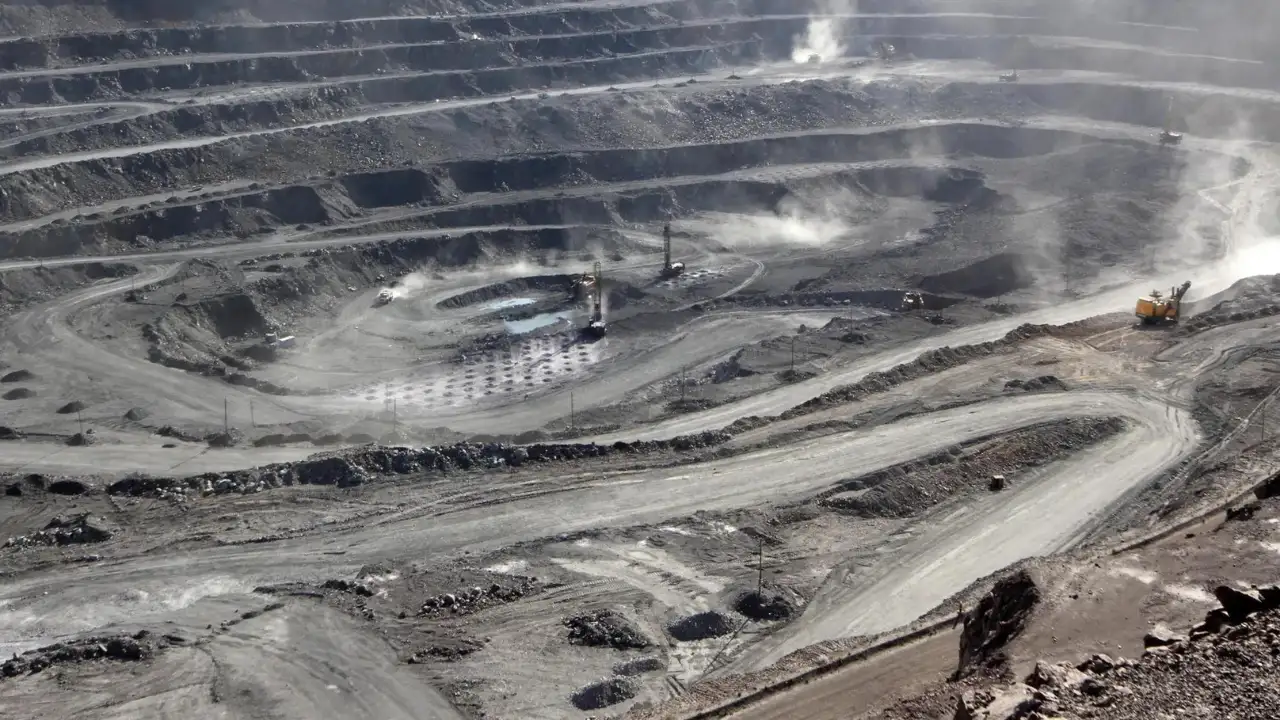- Courses
- GS Full Course 1 Year
- GS Full Course 2 Year
- GS Full Course 3 Year
- GS Full Course Till Selection
- Answer Alpha: Mains 2025 Mentorship
- MEP (Mains Enrichment Programme) Data, Facts
- Essay Target – 150+ Marks
- Online Program
- GS Recorded Course
- Polity
- Geography
- Economy
- Ancient, Medieval and Art & Culture AMAC
- Modern India, Post Independence & World History
- Environment
- Governance
- Science & Technology
- International Relations and Internal Security
- Disaster Management
- Ethics
- NCERT Current Affairs
- Indian Society and Social Issue
- NCERT- Science and Technology
- NCERT - Geography
- NCERT - Ancient History
- NCERT- World History
- NCERT Modern History
- CSAT
- 5 LAYERED ARJUNA Mentorship
- Public Administration Optional
- ABOUT US
- OUR TOPPERS
- TEST SERIES
- FREE STUDY MATERIAL
- VIDEOS
- CONTACT US
The Climate Changed Child A Childrens Climate Risk Index Supplement
The Climate Changed Child A Childrens Climate Risk Index Supplement
15-11-2023

Context
In November, 2023 UNICEF releases The Climate-Changed Child: A Children's Climate Risk Index Supplement report.
About
The report builds on UNICEF's Children's Climate Risk Index (CCRI) components i.e.,
- Water scarcity (physical availability of water) and
- Water vulnerability (combination of water scarcity and lack of access to drinking water service).
Key Findings
- 1 in 3 children – or 739 million worldwide – already live in areas exposed to high or very high-water scarcity.
- Almost 1 billion children are exposed to high or extremely high-water stress.
- Most affected live in low- and middle-income countries in sub-Saharan Africa, Central and Southern Asia, and Eastern and South-Eastern Asia.
- India, Niger, Eritrea, Yemen, and Burkina Faso had the highest overall child exposure to high or extremely high-water vulnerability.
- Children, particularly those in low-income communities, are highly susceptible to the negative effects of climate change.
- By 2050, 35 million more children are projected to be exposed to high or very high levels of water stress, with the Middle East and North Africa, and South Asia currently facing the biggest shifts.
Impact of climate change on children
- Killer childhood diseases are spreading more because of climate change.
- Infants are less able to regulate body temperature, making them vulnerable during heatwaves.
- 436 million - are facing the double burden of high or very high-water scarcity and low or very low drinking water service levels – known as extreme water vulnerability – leaving their lives, health, and well-being at risk.
- It is one of the key drivers of deaths among children under 5 from preventable diseases.
- Children are more likely to suffer from air pollution than adults.
- Climate change exacerbates child malnutrition through crop failures and rising food prices.
- Increased disasters disrupt the education of forty million children annually.
Recommendations
- Elevate children in COP28 decisions, and convene expert dialogue.
- Embed children, intergeneration equity in Global Stocktake.
- Include children, and climate-resilient essential services in the Global Goal for Adaptation.
- Make Loss and Damage Fund child-responsive.



